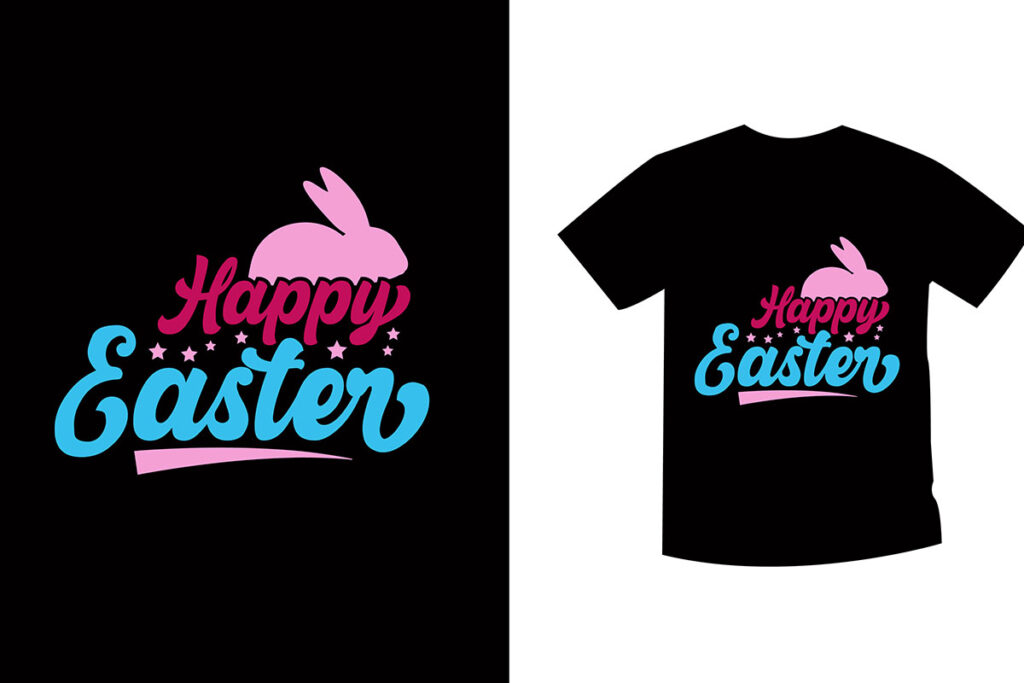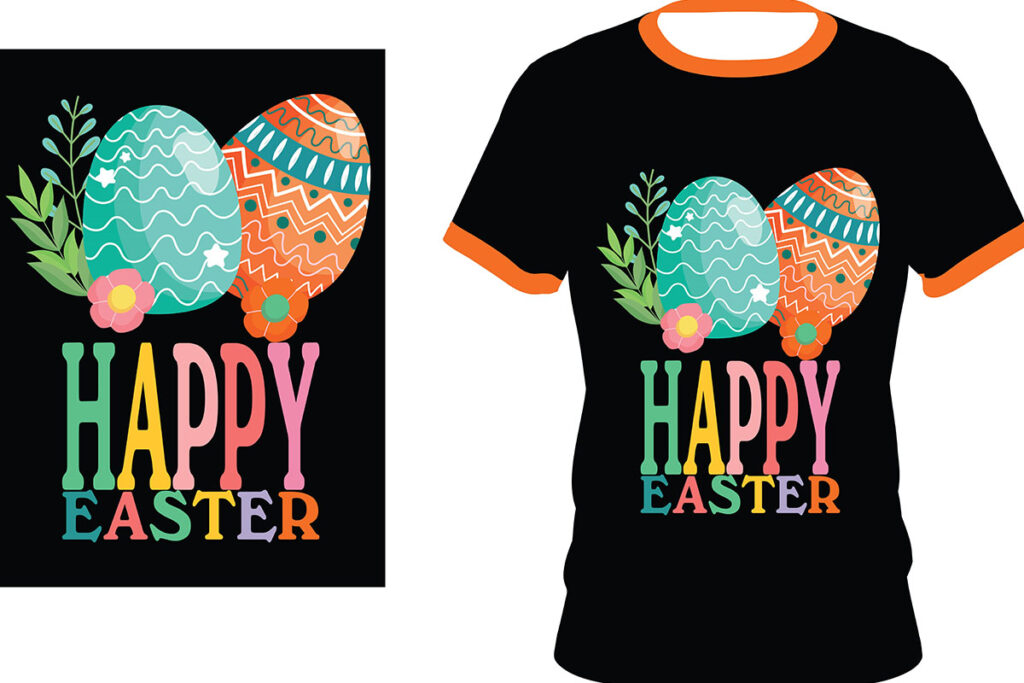DTF transfers, or Direct to Film transfers, represent a revolutionary approach in the realm of custom apparel printing, standing out for their versatility and vibrant color reproduction. Unlike traditional vinyl printing, which can be limited to specific materials and intricate weeding processes, DTF printing simplifies the application while delivering striking designs on various fabrics, including cotton and polyester blends. This innovative fabric printing technology not only meets the needs of DIY enthusiasts but also attracts professional printers looking to enhance their service offerings. With the growing popularity of custom apparel and the demand for high-quality prints, understanding DTF transfers presents a competitive edge in the fast-paced printing industry. In this exploration, we will delve into the benefits and applications of DTF transfers compared to its vinyl counterparts, shedding light on why this method is becoming the go-to choice for many artists and businesses alike.
When discussing custom printing methods for garments, terms such as Direct to Film printing or DTF transfers often emerge in conversations about modern fabric decoration techniques. This innovative method contrasts with traditional methods like vinyl transfers, which have long been a mainstay in the industry. DTF printing promises higher versatility, allowing artists to work on a broad spectrum of materials without significant preparation. As the appeal of customized clothing grows, understanding these fabric printing technologies becomes essential for anyone involved in the industry. In this article, we’ll analyze how DTF transfers stack up against older techniques, highlighting the advancements and benefits that make them a compelling option for custom apparel decoration.
Understanding DTF Transfer Technology
DTF transfers, or Direct to Film transfers, present a modern solution for customizing apparel by utilizing a specialized printing technique that involves transferring vibrant designs onto a variety of fabric types. This method is particularly appealing due to its compatibility with multiple materials, including cotton, polyester, and blends. Unlike traditional vinyl printing which often requires a specific type of fabric to ensure durability and adhesion, DTF transfers offer greater flexibility, opening up a world of possibilities for creative projects. This adaptability makes them a favored choice for both DIY crafters and professional printers.
With the ability to produce intricate designs with extraordinary detail, DTF transfers utilize advanced CMYK ink technology to achieve vivid color portrayals. This ensures that your designs not only pop but also maintain their vibrancy over time, distinguishing them from many vinyl prints that may fade with repeated laundering. Moreover, DTF technology is growing within the industry, as evidenced by investments in large-format printing technology, indicating that this method is likely to become increasingly popular among fabric printing solutions.
Comparing DTF Transfers to Traditional Vinyl Printing
When deciding between DTF transfers and traditional vinyl printing, it’s essential to consider both the versatility and application process involved in each method. DTF transfers shine in their flexibility, enabling application on an array of fabrics without special pretreatments, which is often a requirement with traditional vinyl. This attribute not only broadens the scope of projects that can be tackled but also simplifies the decision-making process regarding material choices.
Conversely, traditional vinyl printing, while dependable and often more affordable in terms of setup costs, may involve labor-intensive processes such as weeding – the removal of excess material post-cutting. This can slow down production times, especially for complex designs. Therefore, businesses looking to optimize efficiency and production speed may find DTF transfers a more advantageous option, balancing initial costs with time-saving benefits.
The Financial Aspect of DTF Printing
Cost efficiency is a pivotal factor for businesses considering different printing technologies. While the initial investment in DTF printing equipment and supplies may be higher than traditional vinyl methods, the overall savings become apparent in lower labor costs and reduced material waste. These financial advantages can lead to a higher profit margin over time, especially for high-volume production runs where efficiency becomes paramount.
Furthermore, adapting to DTF technology can eliminate additional expenses associated with vinyl printing, such as weeding tools and extra materials for misprints. As businesses increasingly embrace DTF transfers, they are discovering its capability to enhance productivity and profitability, making it a smarter, long-term investment for custom apparel printing endeavors.
Durability of DTF versus Vinyl Transfers
Durability plays a critical role in the longevity of printed designs on custom apparel. While both DTF transfers and traditional vinyl transfers are designed to withstand washing and wear, the application techniques differ significantly. When properly executed, DTF transfers can achieve durability comparable to that of vinyl, resisting fading through multiple washes. The key to achieving maximum durability lies in following the correct pressing temperature and time.
Additionally, the finished product from DTF transfers typically results in a softer feel compared to the often thicker layers found with vinyl prints. This comfort factor is increasingly important to consumers who prioritize not only the aesthetics of their clothing but also the tactile experience. Hence, understanding these durability aspects can guide businesses and crafters in selecting the most suitable method for their specific needs.
Latest Trends in DTF Technology
The fabric printing landscape is evolving rapidly, with emerging trends highlighting the growing popularity of DTF printing technology. Recent developments, such as significant investments from companies like EazyDTF in advanced printing technology, underscore the industry’s commitment to integrating innovative solutions that cater to a wide audience. This movement towards DTF not only reflects changing consumer preferences but also fosters the creation of specialized DTF services aimed at diverse markets, including professional resellers.
As more businesses adopt DTF capabilities, we can expect a noticeable shift in the market, with DTF becoming a cornerstone technology for custom apparel printing. This alignment towards DTF solutions indicates a broadening appreciation for the advantages it offers, including flexibility, ease of use, and unmatched color vibrancy, all of which are crucial for meeting the demands of the modern consumer.
The Future of Custom Apparel Printing: DTF Transfers
Looking ahead, the future of custom apparel printing will likely be dominated by DTF transfers, as they address many of the limitations found in traditional vinyl methods. The rise in consumer demand for high-quality, vibrant, and personalized designs will continue to drive the selection of DTF technology among printers and fabric decorators. Businesses that embrace this innovation position themselves well to meet consumer trends and maintain competitive advantages in the market.
Moreover, as DTF technology becomes more accessible, new players are entering the space, leading to continual advancements and enhancements in the printing process. As competition heightens, we may witness further improvements in efficiency, cost-effectiveness, and product diversity, making DTF transfers not just an option, but a preferred method for any business involved in custom apparel printing.
Frequently Asked Questions
What are DTF transfers and how do they compare to traditional vinyl printing?
DTF transfers, or Direct to Film transfers, involve printing designs on special film before applying them to fabric using heat and pressure. This method offers greater versatility across various fabrics compared to traditional vinyl printing, which is often limited to specific material types, making DTF a preferred choice for custom apparel printing.
What are the advantages of using DTF printing over traditional vinyl transfers?
DTF printing boasts several advantages, including exceptional color vibrancy, versatility across different fabrics (like cotton and polyester), and ease of application compared to traditional vinyl. DTF eliminates the labor-intensive weeding process, allowing for faster production of intricate designs and resulting in a softer feel on the fabric.
Is DTF printing suitable for all types of fabric in custom apparel printing?
Yes, DTF printing is suitable for a wide range of fabrics, including cotton, polyester, and blends, without necessitating special coatings or treatments. This versatility makes DTF transfers an ideal choice for diverse custom apparel printing projects.
How does the durability of DTF transfers compare to traditional vinyl prints?
When applied correctly, DTF transfers can match the durability of traditional vinyl prints. Both methods show resistance to fading and wear from laundering, provided proper application techniques are followed, ensuring longevity in custom apparel.
What are the cost implications of using DTF transfers vs. traditional vinyl printing?
While DTF printing may have higher initial setup costs than traditional vinyl, it often leads to lower labor costs and reduced material waste over time. This efficiency can result in improved profitability for businesses, especially in high-volume custom apparel production.
What recent trends indicate a shift toward DTF transfers in fabric printing technology?
Recent trends in fabric printing technology highlight a growing demand for DTF transfers, as seen with companies like EazyDTF investing in large-format DTF technology and Snuggle launching dedicated DTF services. This shift indicates a stronger market presence for DTF solutions in the custom printing industry.
| Key Point | DTF Transfers | Traditional Vinyl |
|---|---|---|
| Versatility Across Fabrics | Adheres to a variety of fabrics including cotton, polyester, and blends. | Limited adhesion to certain fabric types. |
| Color Vibrancy | Produces bright, vivid colors using advanced CMYK inks. | Colors can fade over time, less vibrancy for intricate designs. |
| Ease of Application | Eliminates the weeding process, quicker for detailed designs. | Requires weeding after cutting, which is labor-intensive. |
| Soft Touch | Results in a softer, more integrated feel on fabric. | Can feel heavier and thicker on fabric. |
| Cost Implications | Higher initial setup cost, but lower labor and material waste long-term. | Lower initial setup cost, but higher labor costs for detailed jobs. |
| Durability Considerations | Rivals vinyl in wash durability with proper application. | Good wash durability but requires proper application for longevity. |
Summary
DTF transfers represent a revolutionary approach in custom printing that offers enhanced versatility and color vibrancy compared to traditional vinyl methods. By utilizing advanced printing techniques, DTF transfers allow for easier application and result in a more comfortable product, appealing to both crafters and businesses. As these technologies evolve, DTF transfers are set to become the preferred choice in the fabric printing industry, making it essential for anyone involved in apparel customization to consider how DTF can elevate their projects.



